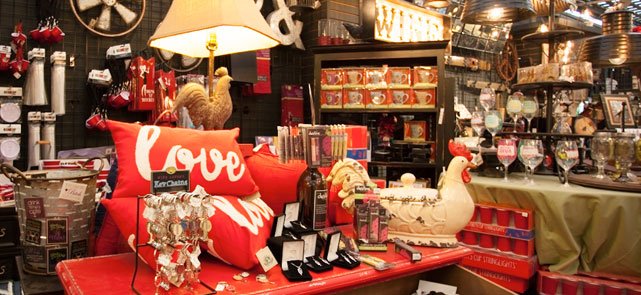Art Knapp Articles
Attracting Wildlife To Your Garden
in InformationalHOW TO ATTRACT WILDLIFE TO YOUR YARD!
As you plan your garden this season, keep wildlife in mind! Wildlife-friendly gardening is possible for every garden, big or small, and attracting these beneficial creatures can in turn help you! It can mean natural pest control and stronger plants!
Provide Food!
.jpeg)
Include a combination of evergreen and deciduous trees, shrubs, grasses, vines, and perennials/flowers. Pollinating animals such as bees, butterflies, beetles, flies and hummingbirds will love the flowers, and once pollinated, these flowers transform into seeds, nuts, and fleshy fruit which provides food for all sorts of birds and mammals. Leaves from trees, shrubs, and herbaceous plants are important for the early stages of a butterfly’s life - as caterpillars. By attracting insects, you also provide a food source for birds, bats, toads, and other wildlife. Also consider creating a pond if you have the space, as these water bodies are important feeding areas for many animals. To help wildlife survive the harsher times of the year, put out bird feeders. But be sure to place these feeders in a safe place where lurking cats and flying into windows are not likely! Also make sure to keep the feeders clean in order to prevent disease.
Provide water!

Creating a pond will accommodate many species. If you have space or budget limitations, consider adding a bird bath. Clean the dish once a week, more often in the warmer weather. Avoid harsh cleaners - a simple scrub with water and a brush should suffice. Also be sure to change the water often to avoid mosquitos from breeding in the water. To attract butterflies, leave an area of mud, then watch and see the butterflies flock to the mud puddle in search of nutrients and moisture. Add the sound of moving water to your yard to become even more enticing - consider a fountain. Hummingbirds also love flying through a fine mist and will get to know your schedule if you set up your hose to spray for 10 minutes at the same time each day.
Provide shelter!

Planting evergreens provides effective cover in the cold winter months, while deciduous trees help block excessive sun but allow for more air circulation. Both types of trees can offer protection from hungry predators. Be sure to include differing heights, as all birds have different preferences regarding height. If you can, group plants to allow for denser cover. Other structures like rock are also useful to wildlife. Building nesting and roosting boxes like we’ve done with our Barn Owl Project can help save at risk species. To help keep the mosquito population down, try a bat box.
For more tips and tricks, visit the Canadian Wildlife Federation.









